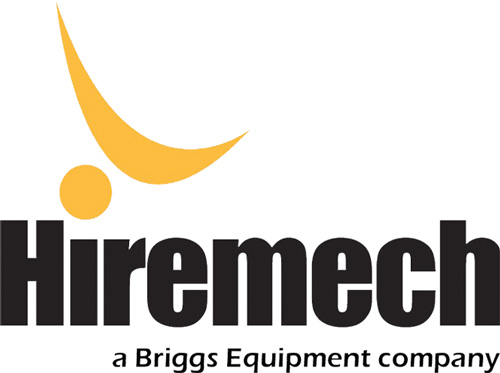Our Expert Guide to Forklift Hydraulics
Ever considered how forklift hydraulics work? A good understanding of them may prove useful when it comes to selecting the right model to buy or hire. It can also help you determine how you will use one. Read on and find out everything you need to know about them.
What are hydraulics?
Simply said, hydraulic systems power engines through the use of pressurised fluid. With two founding fathers, the British mechanic and engineer Joseph Bramah and engineer William Armstrong, its roots date back to the late 1700s. Today hydraulics are used in many aspects of everyday life, such as powering the brakes of a car, enabling the height adjustment of office chairs, in dishwashers and in forklifts as well as other construction equipment. All hydraulic systems consist of four components which allow them to work so effectively.
The four parts of a hydraulic system are:
The reservoir, which is where the liquid is held
The pump, which is responsible for transferring mechanical energy into the system
The valves, which act as the start and stop for the system. They also direct the fluid’s movement. The actuators, which are devices that will transfer any generated hydraulic energy and transform it into mechanical energy for use.
How do hydraulics work?
Hydraulics are based on Pascal’s Law. This is a law of fluid mechanics and affirms that if a pressure is applied to a fluid in a limited and compact space, this pressure will be sent through the fluid in every direction without losing any of its power. Once the pressure hits the boundaries of this space, the pressure will offset it and create a level of force. In hydraulic systems, Pascal’s Law is put into place and pressure is put onto a small amount of fluid which will result in a large amount of power being generated. Essentially, a typical hydraulic system will work by having water in a contained system being given pressure from one side. This pressure then forces the fluid against a piston on the opposite side of the container which then transfers the energy into the piston creating force. Cleverly, the water pressure will not allow it to flow backward, meaning that the piston can never move in the opposite way until it has been released. This adds safety benefits to many products.
What kind of liquid do hydraulic systems use?
Even though many hydraulic systems may use water-based solutions, there are various other fluids that are used for various reasons and benefits that are unique to their properties. The type of liquid that can be used in a forklift may be key to its suitability for your use.
Water-based fluids are extremely fire resistant. However, they don’t provide as much lubricant as other fluids may offer and for this reason, must be watched closely and regularly maintained. They also have a chance of evaporating at high temperatures.
Synthetic fluids benefit high-temperature environments and high-pressure systems. As they are man-made, they can feature various properties that will benefit certain environments. However, due to their artificial nature, synthetic fluids may contain toxic substances and tend to be more expensive.
Petroleum based fluids are the most popular hydraulic lubricant today thanks to their low price and adaptability. They can be customised to a hydraulic system with the ability to include various additives that may benefit your environment or machinery. These may include rust inhibitors, anti-wear agents and more.
How are forklift hydraulics used?
The hydraulic system is essential to any forklift, being the predominant reason that the vehicle can move pallets and objects. They work by lifting the load-bearing prongs off the ground and ensure that the loads remain in the air whilst the forklift moves. Without a hydraulic system, a forklift would be rendered useless.
If you’d like to know more information about our forklifts or are ready to decide on the best forklift for you, browse our models for hire.

 020 8880 3322
020 8880 3322